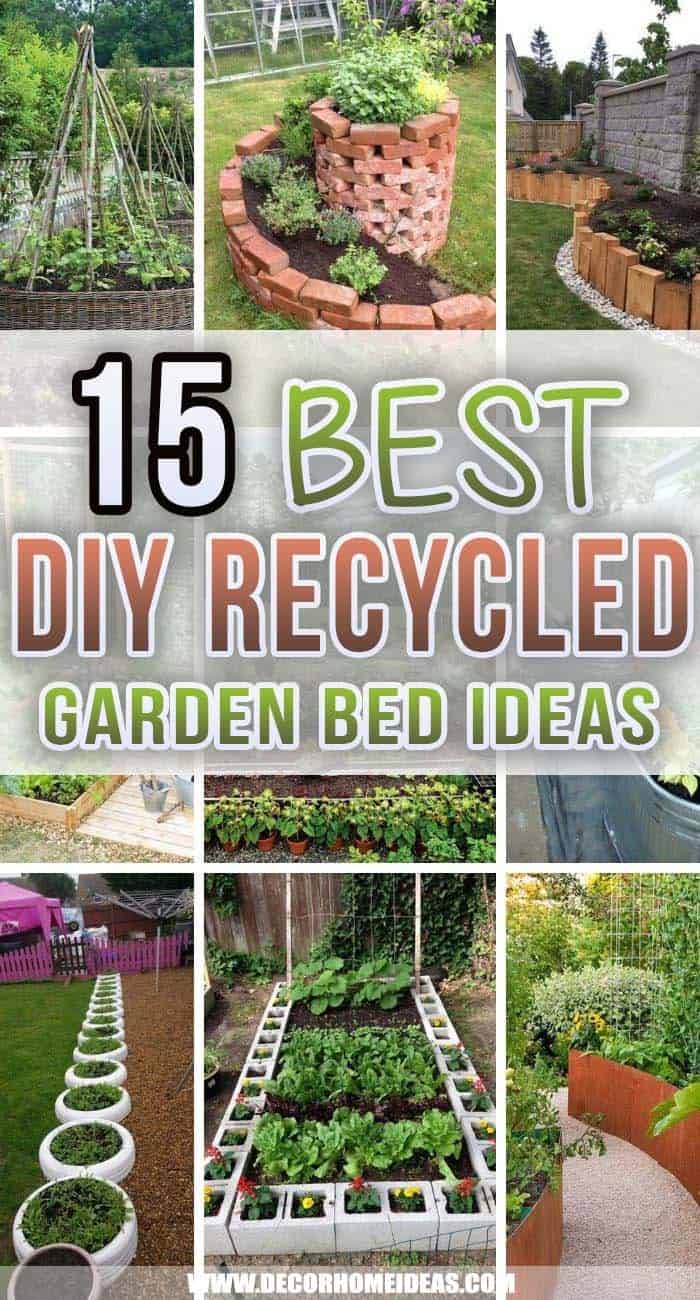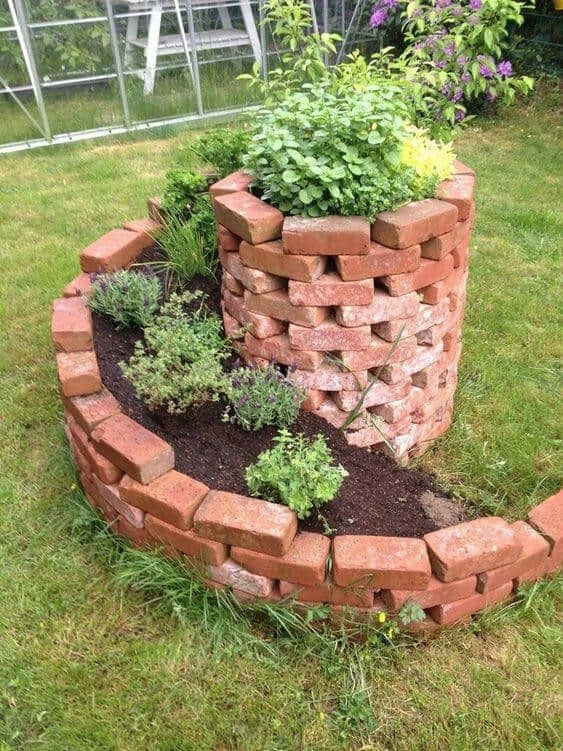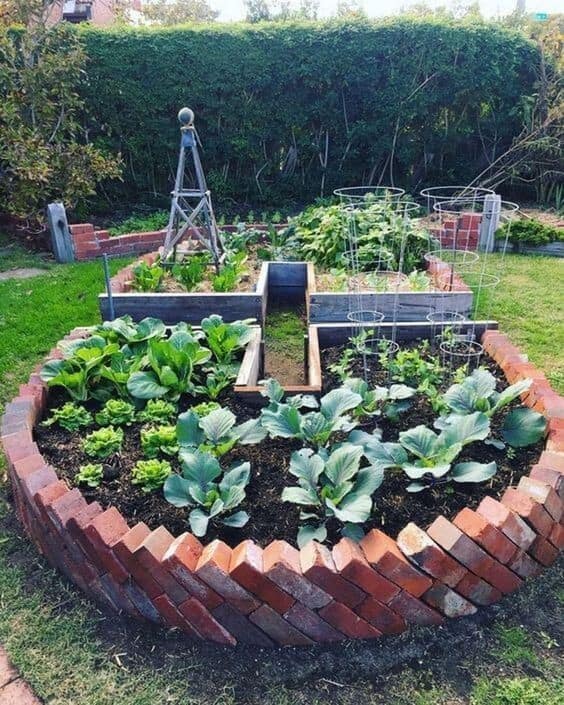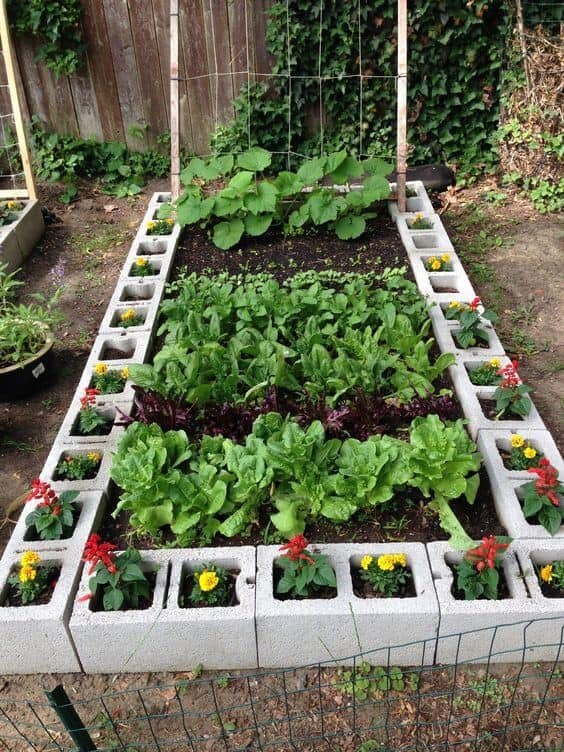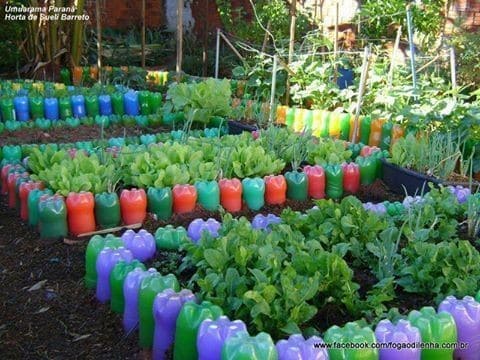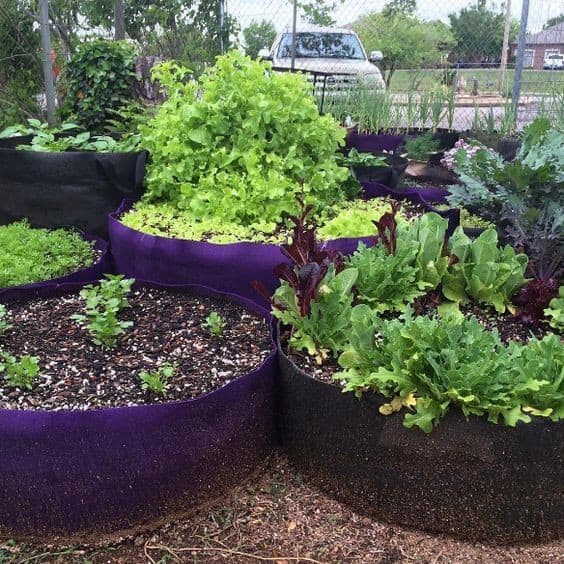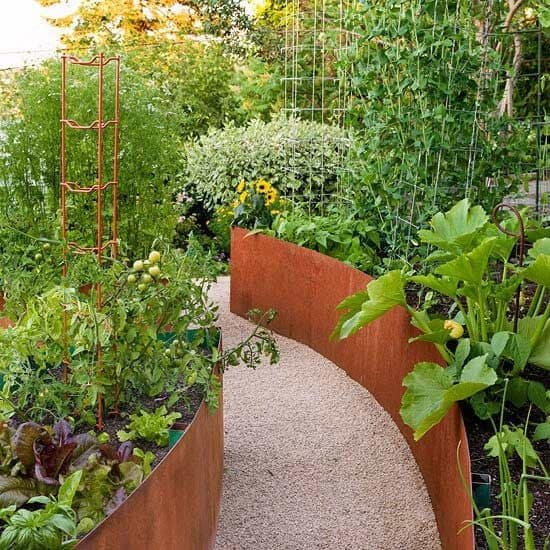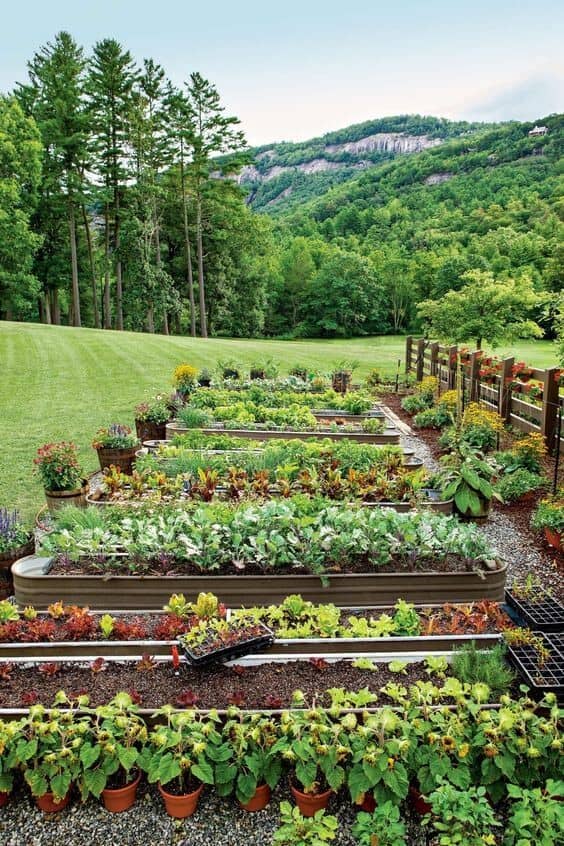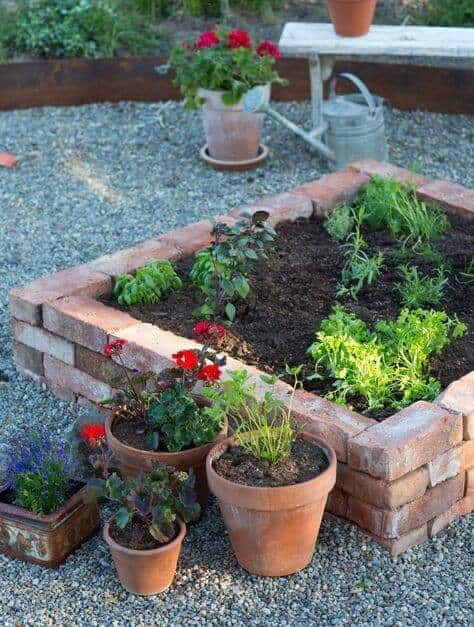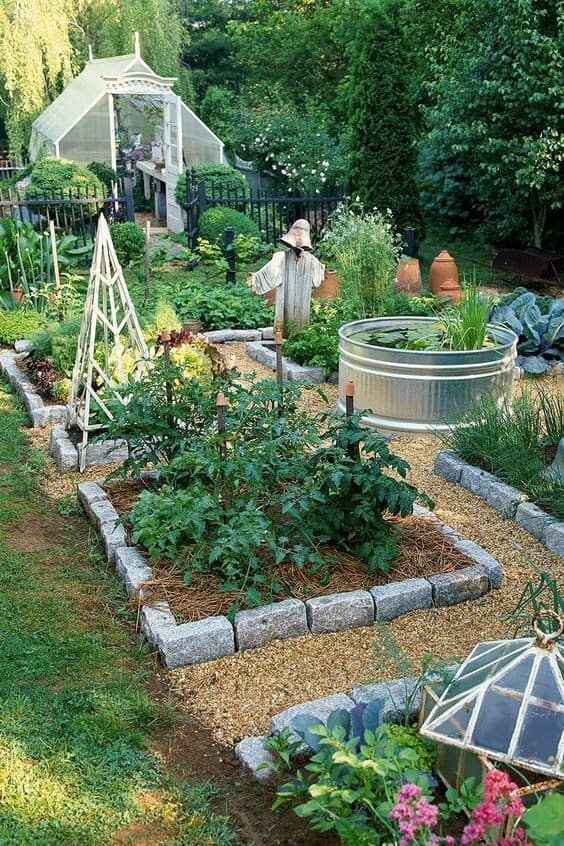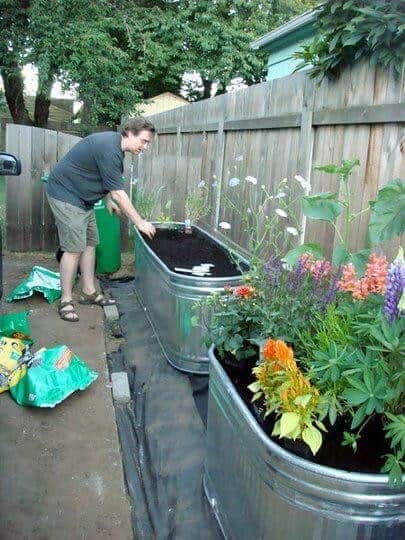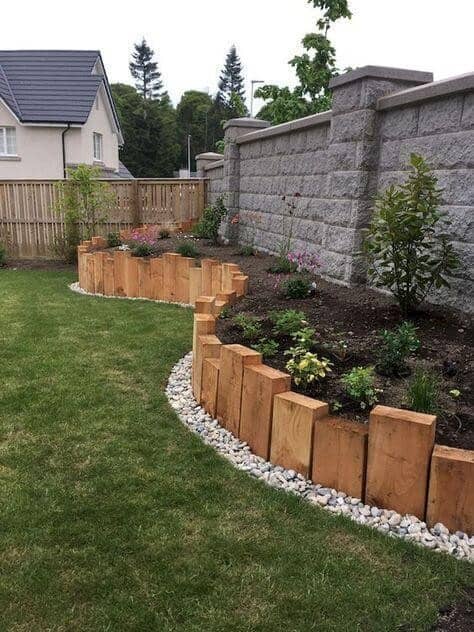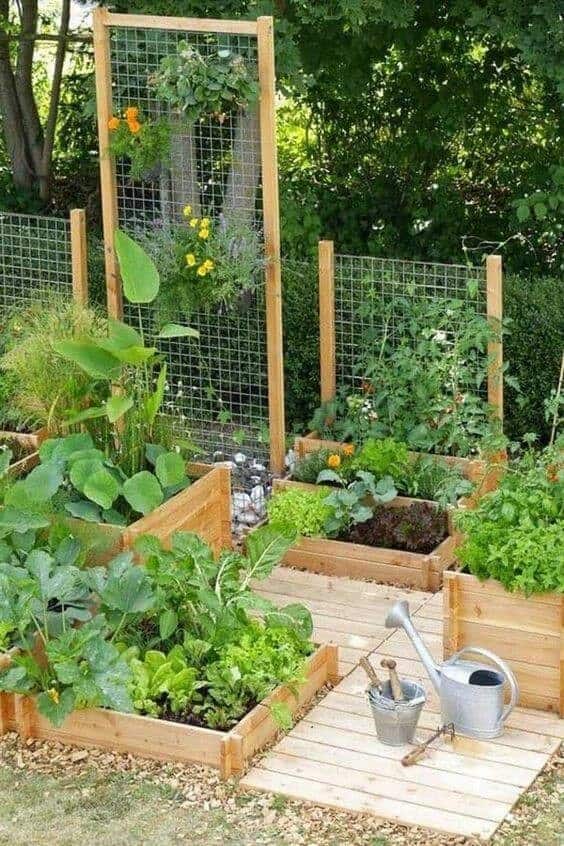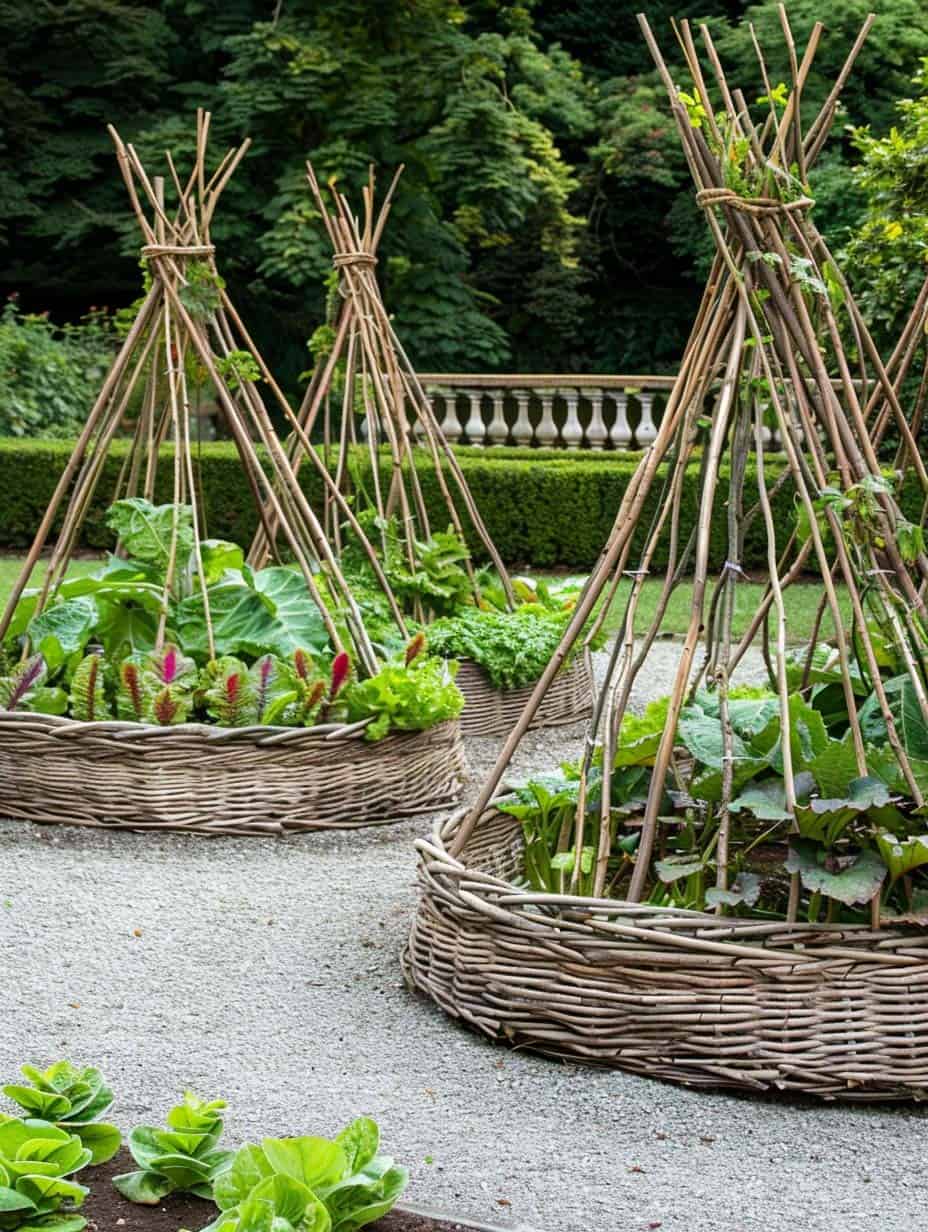As the popularity of raised gardens continues to grow, many individuals are recognizing the numerous benefits they offer over traditional gardening methods. When built correctly, raised beds yield greater harvests with fewer issues, making them an attractive option for gardeners of all levels. The best part? They don’t have to break the bank.
One of the primary advantages of raised gardens is their space efficiency.
By elevating the soil, you can create a productive gardening area using less square footage than a traditional garden bed. Additionally, their portability allows for maximum sunlight exposure, ensuring your plants receive the optimal conditions they need to thrive.
To cater to a variety of budgets, we’ve compiled 15 creative and budget-friendly DIY raised garden bed ideas. These innovative solutions not only save money but also enable you to create a sustainable food source in urban areas.
Imagine being able to build a community garden in a local park, providing fresh produce to your neighbors in need.
Create Spiral Herb Garden Bed From Bricks
A spiral herb garden bed boasts a distinctive charm, showcasing a surprising number of plants in a compact space. This innovative concept is particularly well-suited for those with access to reclaimed bricks, provided they hail from a source untouched by heavy chemical exposure. When designing your own herb garden, be sure to select a location that enjoys around five hours of direct sunlight each day, allowing your aromatic flora to thrive under the warmth.
Raised Garden Bed Using Bricks Without Mortar
When constructing a raised garden bed using bricks, you’re not obligated to employ mortar as long as the overall structure remains relatively low-lying. A crucial initial step is setting the first row of bricks partially beneath ground level to ensure stability. Observe how the arc-shaped brick sections are angled, whereas the central flat areas follow a traditional offset pattern.
Use Spaces in Cinder Block Raised Garden
When utilizing modern cinder blocks manufactured from cement, a swift and effortless approach is employed. On the other hand, older cinder blocks may contain ash residue that can seep into the surrounding soil, potentially disrupting its natural pH balance. To ensure the optimal growth conditions for your plants, it’s crucial to monitor and regulate the soil’s acidity level, guaranteeing it remains within a suitable range.
Recycle Plastic Bottles for a Colorful Raised Garden Bed
Transforming plastic bottles into a functional yet aesthetically pleasing garden feature is easier than you think. By decorating the bottles and filling them with soil, you can create a sturdy wall perfect for supporting a variety of plants, regardless of their size. Simply use straps or glue to connect the bottles, allowing for customization based on your specific gardening needs.
Fabric Raised Garden Beds Encourage Air Pruning
Manufacturers produce fabrics akin to felt that are designed specifically for raised garden beds. These fabric beds offer the quickest way to establish a raised garden setup, available in various heights and widths suitable for diverse projects. Unlike traditional soil-based gardens, these fabric beds promote greater oxygen circulation to plant roots. However, it’s crucial to maintain consistent moisture levels, as the beds tend to dry out quickly, necessitating regular watering.
Stylish Steel Raised Garden Bed by Formboss
FormBoss, a sheet metal product from Australia, offers versatility by coming in various thicknesses. Its unique ability to conform to any shape has made it a go-to solution for gardeners with irregularly shaped plots. While its primary application is garden edging, the product can be customized to provide the necessary height for raised garden beds. The galvanized metal used in FormBoss construction provides several benefits – unlike wood, it won’t rot or deteriorate over time.
Moreover, the metal absorbs sunlight without generating excessive heat that could harm plants. Additionally, the lightly sandblasted surface ensures that the metal won’t interfere with vegetable growth.
Raised Garden Bed Using Logs
When it comes to constructing raised beds, utilizing free logs is an ideal choice, especially if you have access to them. As the logs decompose over time, they will naturally enrich the surrounding soil. To maintain the health and fertility of your garden, simply replace the logs with new ones once they’ve broken down. Depending on the type of wood used, this process can take anywhere from five to six years without noticeable decomposition.
This eco-friendly approach is not only budget-friendly but also helps to create a nutrient-rich environment for your plants to thrive.
While pressure-treated lumber and railroad ties may seem like convenient options, it’s essential to avoid using them in your vegetable garden. Instead, opt for sustainable and natural materials that won’t compromise the quality of your soil or harm the health of your plants.
Powder-Coated Metal Raised Garden Beds
While space isn’t a constraint for some, modern raised garden beds offer a convenient solution that minimizes labor and effort. Say goodbye to tilling soil or wrestling with clay beds! Simply add a liner, ensure proper drainage, and use the right potting soil mix. This innovative approach has far-reaching applications – from teaching inner-city school kids about gardening on city rooftops, to empowering restaurants and other establishments. With raised garden beds, the possibilities are endless.
Upcycle Old Tires for Raised Garden Beds
Upcycling old tires into raised garden beds has gained immense popularity among eco-friendly enthusiasts and DIY enthusiasts alike. Not only can these repurposed containers be used for cultivating vegetables, but also for showcasing beautiful shrubs or flowers. To optimize the space for plant growth, you may need to trim some of the sidewall material. For a cohesive look, consider painting the tires to harmonize with your outdoor landscape.
The metals employed in tire construction are not water-soluble, ensuring that any chemicals used won’t contaminate your garden as you water it.
Classic Red Brick Stacked Raised Garden Bed
When it comes to incorporating red bricks into your garden bed, a straightforward approach can yield beautiful results. This method is suitable for most informal landscapes and creates a charming ambiance. Moreover, the earthy tone of terracotta pots harmonizes well with the rustic charm of red bricks.
Build Raised Garden Bed Using Quarry Stones
While constructing raised garden beds with large stones may be a labor-intensive process, the end result is well worth the effort. The natural, organic beauty of these stone walls will endure for years to come, requiring only minimal maintenance to keep the soil in place. With this approach, you’ll have more flexibility in choosing an aggregate material for the paths surrounding your beds, as you won’t need to worry about applying mulch.
This freedom allows you to select a style that perfectly suits your personal taste.
Raised Garden Beds Using Farm Water Troughs
For gardeners who struggle with mobility or prefer not to bend and stoop, water troughs can be an excellent option for raised garden beds. Not only do they provide ample space for plants that require deep soil, but they also offer a convenient way to grow a variety of flora without having to navigate low-lying areas. To ensure proper drainage, consider adding rocks or punching holes in the bottom of the trough before placing it in your garden.
You can find these versatile planters at most farm supply stores.
Raised Garden Bed Uses Scrap Lumber
To make the most of scrap lumber, consider cutting the boards to a consistent width. This will allow you to create a visually appealing display without too much effort. For added visual interest, try staggering the height of your lumber pieces – this approach is not only easier to achieve but also creates a unique and dynamic look.
When it comes to adding finishing touches, consider incorporating white rocks along the grass line as edging.
This simple yet effective technique will give your scrap lumber display a clean and polished appearance. As you plan your project, be mindful of the type of lumber you’re using. Avoid pressure-treated lumber and pallet wood that may have been exposed to chemicals, opting instead for safer and more eco-friendly options.
Raised Garden Bed Using Wooden Planks
While wooden raised garden beds may not be the most durable option, they offer a unique charm that’s hard to replicate with other materials. To create a harmonious and visually appealing space, consider using the same wood for a trellis or arbor, which can add a touch of sophistication to your garden. When selecting a screen, opt for one with a protective coating to prevent metallic components from leaching into your edible plants, ensuring their quality and safety.
Build Raised Garden Beds by Weaving Willow Baskets
With just a fundamental understanding of weaving, you can craft breathtaking raised garden beds using pliable willow branches as the foundation. By transforming these branches into natural cages, you can effortlessly add an element of grandeur and visual interest to your outdoor space.
How to Make a Garden Planter From a Plastic Kiddie Pool
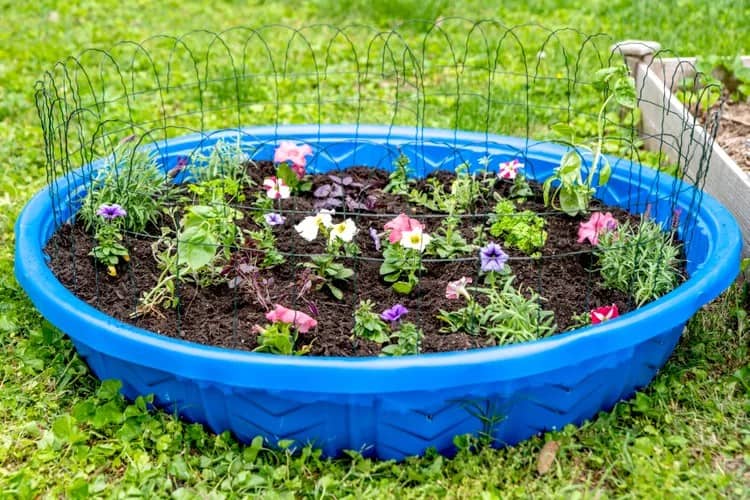
Transforming a discarded kiddie pool into an informal garden planter is a budget-friendly and hassle-free DIY endeavor that’s perfect for upcycling old family treasures no longer in use by the kids. By repurposing this rigid plastic container, you can create a unique space to cultivate shallow-rooted plants like herbs, vegetables, and annual flowers, breathing new life into an otherwise forgotten item.
